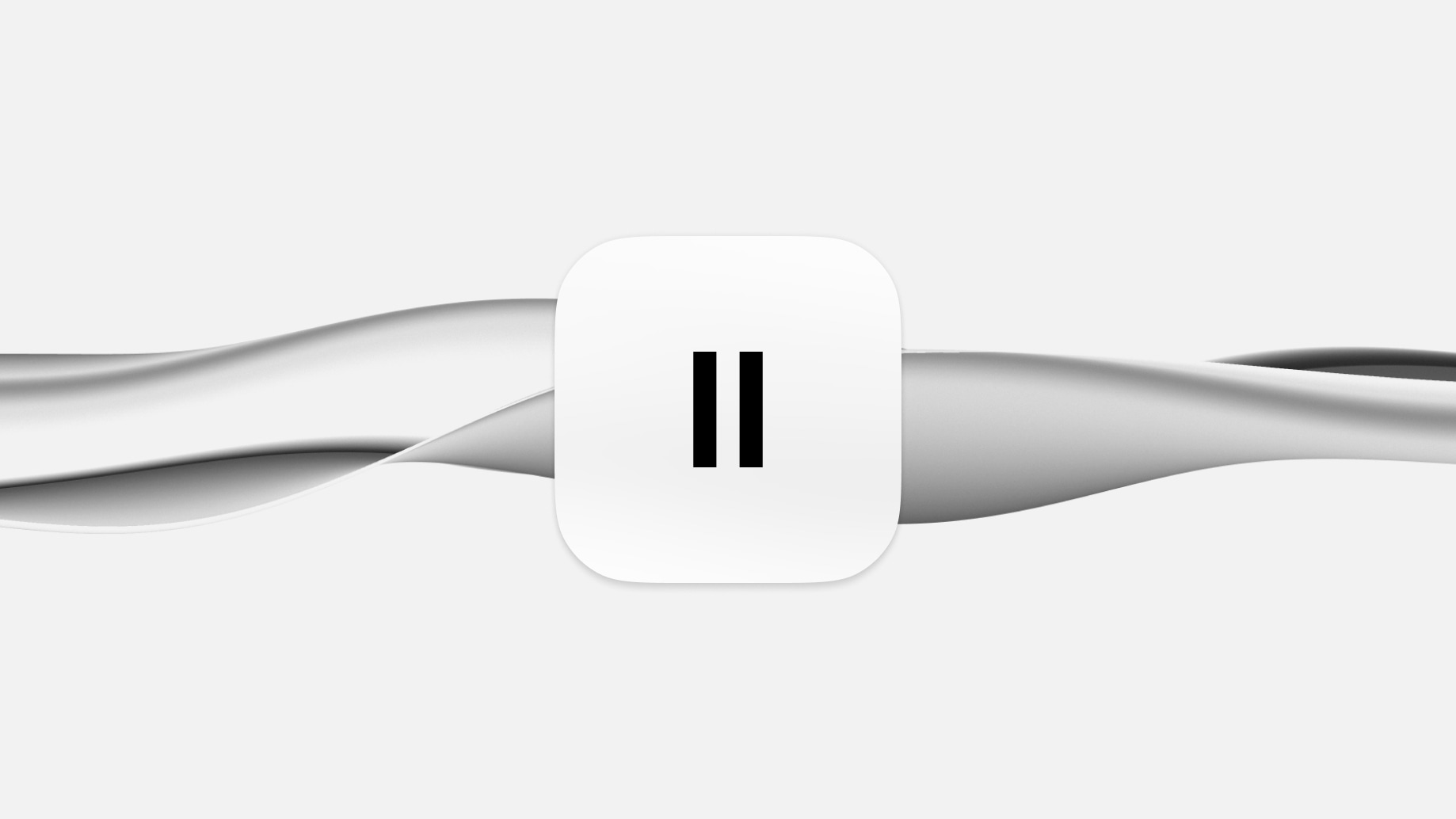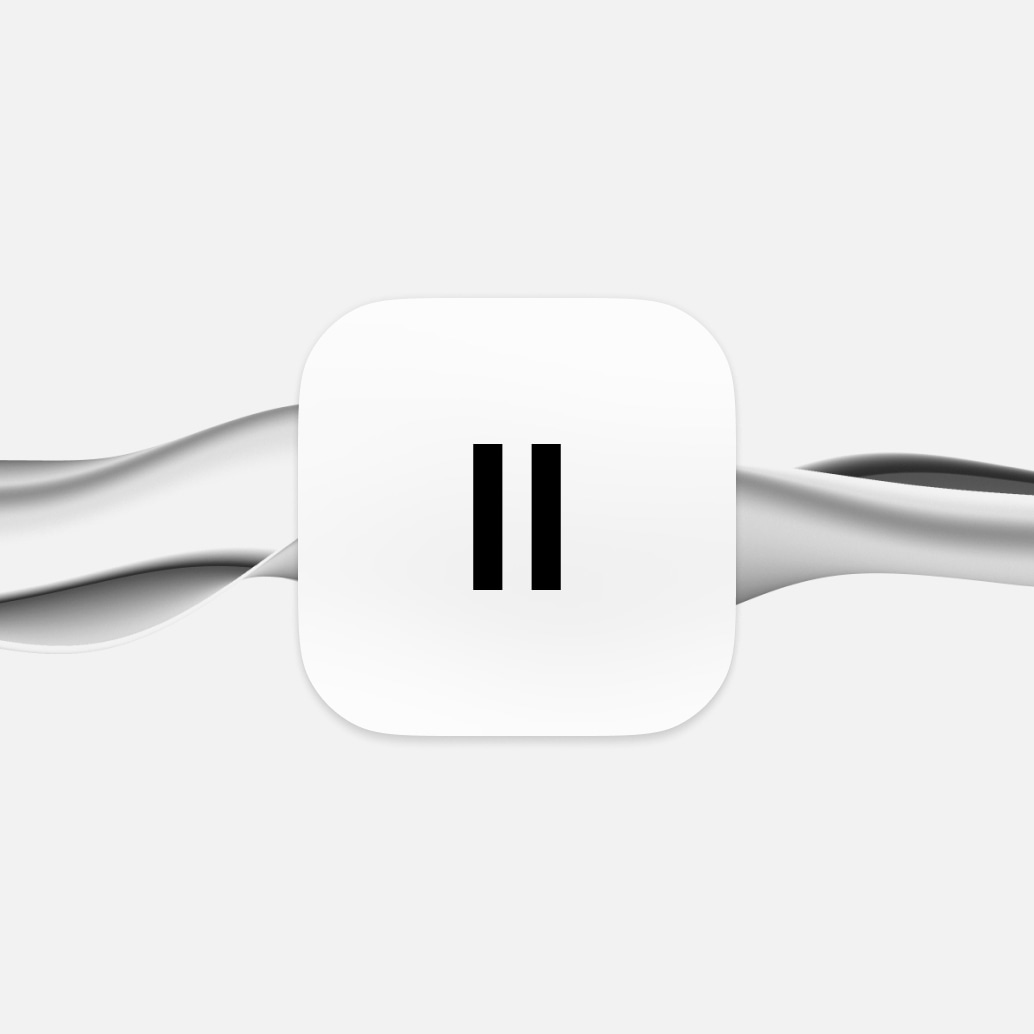
Hur du får Text to Speech att låta mindre robotlik
Upptäck våra bästa tips för att använda ElevenLabs
- Text-to-speech är ett verktyg som omvandlar skriven text till tal och har många användningsområden i vår moderna värld.
- Det finns flera märkbara skillnader mellan robotliknande och naturligt ljudande TTS.
- AI-teknologi har lett till snabba framsteg inom TTS, vilket gör att text-to-speech-verktyg kan upptäcka och återskapa nyanserna i naturligt mänskligt tal.
- När du utvecklar eller integrerar TTS-verktyg kan du få talet att låta mindre robotlikt på flera sätt.
Vad är text-to-speech?
Text-to-speech (TTS) är ett verktyg som använder "uppläsningsteknik" för att presentera digital text hörbart. Oavsett om du vill korrekturläsa en artikel innan du publicerar, lyssna på en textbit istället för att läsa den, eller till och med få en bok berättad, kommer en TTS-funktion att omvandla skrivet innehåll till ljud på sekunder, och kan till och med skratta!
TTS funktioner finns på nästan alla digitala enheter, inklusive mobiltelefoner, bärbara datorer, stationära datorer, surfplattor och mer. Text-to-speech-teknologi hanterar enkelt olika textformat, från Word-dokument till PDF-filer till webbsidor.
Dessutom kan vissa TTS-verktyg till och med "läsa" text från bilder, som en bild av en butik, ett café eller en gattskylt, vilket gör att användare kan omvandla bildinnehållet till talade ord.
Text-to-speech-ljud är datorsyntetiserat tal, men användare kan justera vissa funktioner som läshastighet och berättarstil för att passa deras individuella behov.
Redo att komma igång? Prova Eleven v3, vår mest uttrycksfulla text-to-speech-modell hittills.
Även om text-to-speech-teknologi har funnits under en längre tid, har de senaste framstegen inom AI-röstgenerering gjort att tidigare robotliknande berättelser nu låter mer naturliga och till och med människoliknande.
Skillnaden mellan robotliknande och naturligt ljudande text-to-speech

Det går inte att förneka att text-to-speech-röster tidigare var mycket robotlika och långt ifrån den naturliga mänskliga rösten. Det var osannolikt att missta en TTS-rendering för en naturlig människoliknande röst och vice versa.
Men snabba framsteg inom artificiell intelligens och digital teknologi har lett till betydande förändringar i text-to-speech-röster, från robotliknande och monotona till nästan människoliknande (och, beroende på verktyget du använder, knappt åtskiljbara från en äkta mänsklig röst).
De flesta teknik-användare föredrar naturligt ljudande text-to-speech, och innehållsskapare, entreprenörer och andra yrkesverksamma bör tänka på detta när de utvecklar eller inkluderar TTS-teknologi.
Innan vi utforskar hur text-to-speech kan låta naturligt istället för robotlikt, är det viktigt att förstå skillnaden mellan robotröster och naturligt ljudande text.
Robotliknande text-to-speech-röster
Robotliknande text-to-speech förlitar sig på enkel teknologi för att bearbeta och syntetisera digital text. Även om robotliknande TTS-verktyg inkluderar grundläggande AI i syntesprocessen, resulterar det vanligtvis i tal som låter datorsyntetiserat och monotont.
Robotröster saknar viktiga element som gör naturligt tal, ja, naturligt. Dessa inkluderar brist på naturliga pauser, känsla, monoton diktion, en onaturlig läshastighet (t.ex. att gå från avslappnad till snabb i samma mening) och kuslig uttal.
Naturligt ljudande text-to-speech-röster
Till skillnad från robotröster är naturliga AI-röstgenereringsverktyg utmärkta på att syntetisera naturligt ljudande röster som ger en mer autentisk och behaglig lyssningsupplevelse, även på flera språk.
Här är några av de viktigaste faktorerna som skiljer en naturlig röst från en robotröst:
Intonation
AI-röstgeneratorer inkluderar naturligt intonation för att betona specifika ord eller fraser, vilket robotliknande TTS-röster helt saknar. Sådana verktyg drar insikter från autentiskt mänskligt tal och replikerar intonation under talsyntes, vilket gör resultatet dynamiskt och uttrycksfullt.
Naturliga pauser
Till skillnad från robotröster inkluderar mänsklig berättelse naturliga pauser på grund av biologiska handlingar som sväljning, andning och korta pauser innan en ny mening eller stycke börjar. Slutberättelsen låter vanligtvis mekanisk och onaturlig eftersom robotar inte har dessa egenskaper (på gott och ont).
Dessutom är naturliga pauser viktiga för att ge en autentisk lyssningsupplevelse eftersom människor har vant sig vid att kommunicera med varandra på detta sätt. Kontinuerligt tal utan avbrott eller pauser kan irritera örat och till och med minska koncentrationen.
Konsekvens
På tal om kontinuerligt tal, resulterar robotgenererat tal vanligtvis i en nästan identisk uttal av varje ord, oavsett betydelsen bakom texten. En robot kan syntetisera ett spännande tillkännagivande eller en förödande nyhetshistoria, men båda fallen kommer att låta exakt likadana.
I kontrast inkluderar naturliga TTS-generatorer tonvariation, inflektion och betoning, vilket leder till en mer realistisk berättelse.
Hur har AI hjälpt TTS att låta som mänskligt tal?

Från AI-röstgeneratorer och naturliga text-to-speech-verktyg som ElevenLabs till digitala assistenter som Alexa och Siri, har artificiell intelligens avsevärt hjälpt övergången från robotröster till naturligt ljudande mänskligt tal.
På grund av de snabba framstegen inom AI-teknologi använder TTS-modeller nu avancerade algoritmer och maskininlärning för att samla data, bearbeta naturligt mänskligt tal (med alla dess specifika detaljer) och producera naturligt ljudande talsyntes som knappt går att skilja från verkligt mänskligt tal.
AI-teknologi är nu fullt kapabel att känna igen nyanserna i mänskligt tal och replikera dem för att generera naturligt ljudande röster. Likaså inkluderar AI-röstgenereringsverktyg som ElevenLabs omfattande röstbibliotek som förlitar sig på mänskliga ljudprover för att klona röster och producera livliga och uttrycksfulla AI-genererade röster.
Hur man använder TTS-teknologi för att generera naturligt ljudande tal
Oavsett om du planerar att publicera en ljudboksversion av en roman, en utbildande e-bok eller guide, eller till och med videor som kan kräva ljudöversättning eller ett manus, är det viktigt att prioritera naturligt ljudande tal för att garantera en behaglig lyssningsupplevelse för din publik.
Lyckligtvis finns det flera sätt du kan optimera TTS teknologi för att producera en naturligt ljudande mänsklig röst utan att spendera mycket tid eller resurser.
Låt oss utforska några av dessa strategier nedan.
Fördjupa dig i NLP (natural language processing)
I grunden handlar NLP om mänskligt språk. När du skapar ett TTS-verktyg, inkludera NLP för att säkerställa att nyanserna i mänskligt tal integreras i talet, inklusive uttal, intonation, tempo och naturliga pauser.
Inkludera rytm
Även om detta ofta görs omedvetet, inkluderar människor naturlig rytm när de talar. Inkludera prosodiska funktioner i dina text-to-speech-verktyg för att säkerställa att de producerar autentiskt ljudande berättelser och replikerar verkliga samtal.
Rytm kan inkludera variationer i tonhöjd och betoning på specifika ord eller fraser samtidigt som en naturlig talhastighet bibehålls.
Utforska djupinlärning
Om du har lite teknisk erfarenhet, överväg att träna dina text-to-speech-modeller med dataset av verkligt mänskligt ljud. Fördjupa dig i RNNs (recurrent neural networks) och transformer-modeller för att träna ditt TTS-verktyg att plocka upp och replikera de naturliga elementen i mänskligt tal, vilket säkerställer att slutresultatet inte låter robotlikt och har en viss klarhet.
Inkludera variation
Justera viktiga parametrar som tonhöjd, hastighet och volym för att undvika robotliknande och monotont talsyntes och ge en behaglig lyssningsupplevelse. Konsultera vänner eller kollegor om vilka variationer och meningar som låter bättre, och ha deras åsikter i åtanke för vidare arbete.
Likaså, se till att ditt TTS verktyg kan uppfatta kontext och justera känslor därefter. Du vill inte att ett sorgligt meddelande ska läsas i en glad ton eller ett spännande tillkännagivande i en dämpad ton.
Tillåt personalisering
Oavsett hur bra talet låter för ditt öra, kom ihåg att din publik kan ha specifika behov. Låt dem justera parametrar som hastighet och volym och ge anpassade alternativ, som olika accenter och olika röster.
Överväg röstkloningsteknologi
Plattformar som ElevenLabs låter dig välja ett brett utbud av mänskliga röster för att syntetisera och publicera naturlig berättelse. Om de tekniska tipsen ovan verkar för överväldigande, tveka inte att använda AI-röstgenereringsteknologi för att skapa naturligt ljudande TTS utan att fördjupa dig i teknikaliteterna kring maskininlärning och verktygsoptimering.
Slutliga tankar
Det är säkert att säga att TTS verktyg har genomgått betydande förändringar under de senaste åren. De gick från svårföljda robotröster till naturlig mänsklig berättelse på mindre än ett decennium.
Även om robotröster har spelat en nyckelroll i att etablera text-to-speech-röster, har AI-röstgenereringsverktyg tagit detta till nästa nivå genom att replikera alla nyanser av mänskliga röster för att producera naturligt tal.
När det gäller att få TTS att låta mer naturligt, överväg följande faktorer:
- Inkludera natural language processing (NLP) i dina TTS-verktyg.
- Inkludera naturlig rytm för att säkerställa att talet flyter sömlöst och ger en behaglig lyssningsupplevelse.
- Utforska djupinlärning och maskininlärning om du har den tekniska bakgrunden.
- Inkludera variation i talsyntes och output.
- Låt användare personalisera TTS enligt sina individuella preferenser.
- Utforska röstkloning och AI-röstgenereringsteknologi för snabba resultat.

Vanliga frågor
Utforska artiklar av ElevenLabs-teamet

Eleven Music: new tools for exploring, editing and producing music with AI
Introducing a set of updates that expand what creators and developers can build with Eleven Music.

Building clinical-grade voice agents for Pharma
Increasing physician reach by 30% and cutting admin time by 10 hrs/week

